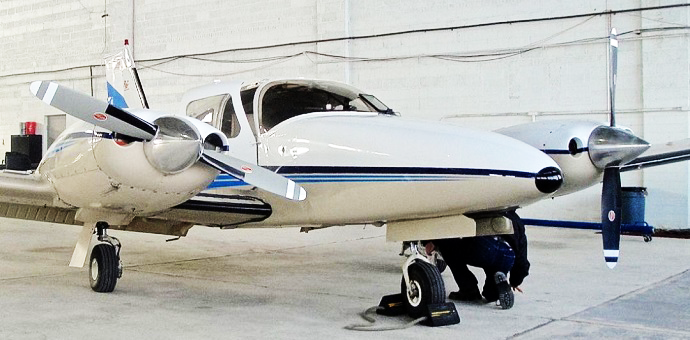Review by Sofema Aviation Services www.sassofia.com
Introduction to ETOPS
The purpose of ETOPS is to provide a very high level of safety while facilitating the use of twinjets on routes which were previously restricted to quad and trijet.
ETOPS is an acronym used in aviation for Extended Operations. ICAO coined the acronym for Extended Twin Operations for twin-engine aircraft operation further than one hour from a diversion airport at the one-engine inoperative cruise speed, over water or remote lands, on routes previously restricted to three- and four-engine aircraft.
ETOPS Overview
- Extended-Range Operations
- Certification means a very high level of safety wгere previously restricted to quad and trijet
- ETOPS operations also permit more effective use of an aeroplane`s resources
- ETOPS PRECLUDE a diversion by designing reliable aeroplane, engines and systems and properly maintaining those aeroplanes throughout their operational life
- Protect the diversion by having operational plans in places for protection of passengers and crew
Background
Data collected since the beginning of the commercial jet age shows that:
a) Two engines provide a safe level of propulsion redundancy.
b) On average, fewer than 1 out of every 100,000 ETOPS flights experiences a diversion as a result of engine shutdown or failure during the ETOPS portion of the flight.
c) Four-engine jetliners have shown a higher rate of engine-related fatal accidents than twinjets.
d) Twinjets consistently demonstrate the lowest rate of hull loss accidents as a result of propulsion-related events.
e) No Western-built twinjet has ever suffered an accident as a result of a loss of thrust in both engines from unrelated causes (i.e., coincidental engine failures) as opposed to a common cause (e.g., fuel mismanagement, volcanic ash).
Considering The benefits of ETOPS
a) ETOPS has made aviation safer by allowing a proliferation of direct air services using intermediate-capacity twinjets.
b) Direct travel reduces passenger exposure to the non-cruise phases of flight in which 90% of fatal accidents occur.
c) Flying direct reduces air traffic congestion because the busiest hubs and airways are often bypassed.
Early ETOPS
The Airbus A300B4 was the first ETOPS-compliant aircraft in 1977 and was approved to operate across the North Atlantic, the Bay of Bengal and the Indian Ocean under a 90-minute ICAO rule established in 1976
During the early ’80s, an International Civil Aviation Organization (ICAO) study group examined the feasibility of extended range operations with these new twinjets. To ensure that ETOPS operations were conducted with a very high level of safety, special criteria were defined.
The knowledge gained from the operational introduction of large high bypass engine was very satisfactory and therefore large advances were made in an operational environment. At that time widebody twinjets had been in service for some time, and therefore the operations could start seeing the advantages of using twinjets on routes reserved by the old rules to 3 or 4 engine aircraft.
In 1985, the FAA issued the Advisory Circular AC 12-42 which established criteria to increase the ETOPS area of operation to 120 minutes at the single-engine cruise speed under standard conditions in still air. Trans World Airlines operated the first ETOPS (90 minutes) service in February 1985 with a Boeing 767, followed by Singapore Airlines in June with an A310. In April 1986, Pan Am inaugurated transatlantic revenue service using A310s and Airbus ETOPS operators were more than 20 in less than five years.
ETOPS 180
In 1988, the FAA amended the ETOPS regulation to allow the extension to a 180-minute diversion period subject to stringent technical and operational qualifications. ETOPS-180 and ETOPS-207 cover about 95% of the Earth. The first such flight was conducted in 1989. This set of regulations was subsequently adopted by the JAA, ICAO and other regulatory bodies.
Next Steps
Follow this link to our Library to find & Download related documents for Free.
Sofema Aviation Services & Sofema Online is pleased to offer regulatory and vocational training including ETOPS. For details please see the websites or email team@sassofia.com




